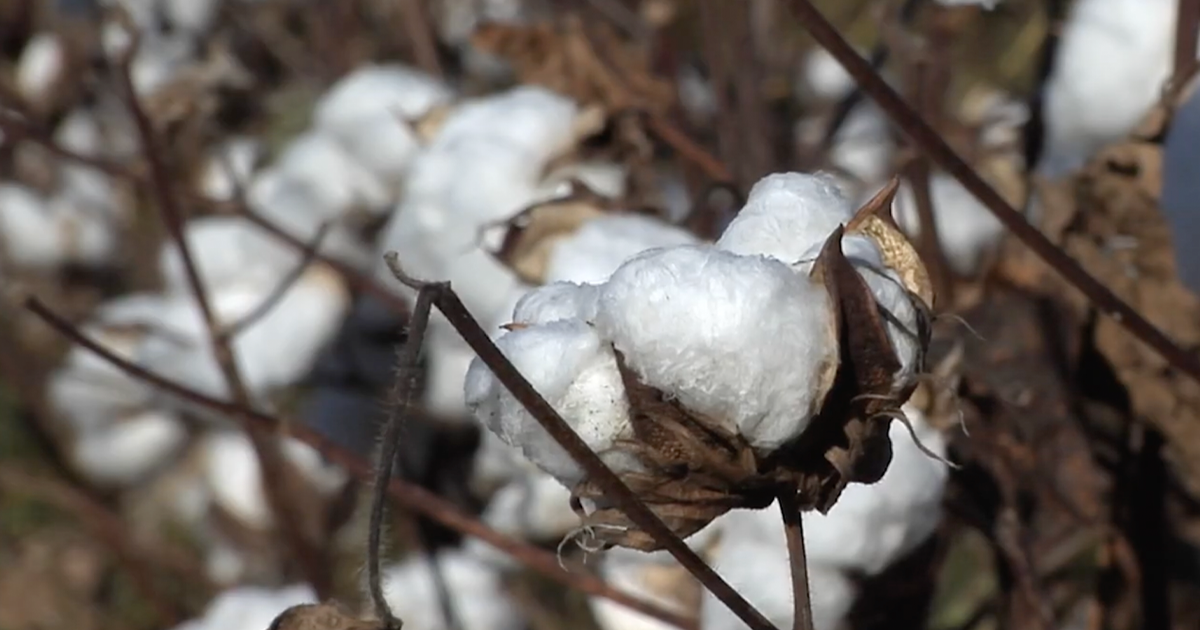Tifton, GA |
Believe it or not, we are just a few months away from seed going into the ground for cotton growers around state. And with that in mind, many decided to attend to Georgia Cotton Commission Annual Meeting, to prepare themselves for the coming season.
“Whether it’s insects, diseases, varieties, you name it, there are people here, to visit with and learn from and learn from each other. These meetings like this, extension specialists like myself, this is where we really learn what the needs are across our great state,” says Phillip Roberts, Extension Entomologist with UGA.
While some pests like aphid and thrips are a yearly nuisance to these growers, there are always new ones to be on the lookout for when scouting your fields.
“One of the main topics we’re hitting at our local production meetings is tarnished plant bug. That’s a pest that’s really increased just in recent years. So, it’s still new to some of our growers. So, we need to make sure growers understand that they are potential pest and we just need to scout for them and if we have them, it needs to be addressed,” says Roberts.
Protecting the crop against diseases such as foliar leaf spot and boll rot are equally as important to maintaining yields. And the easiest way to do that is have a proactive approach.
“In my world of plant pathology and nematology, perhaps, the most important thing is to recognize that some of the most important things a grower can do happens before they can close the furrow, whether it’s fighting nematodes or fighting bacterial blight or fighting fusarium wilt or fighting seedling disease; they have to do it before the furrow’s closed. Your management options are very limited once you close the furrow,” says Bob Kemerait, Plant Pathologist with UGA.
This message is more important than ever this year with a lower commodity price being projected to go along with record high input costs.
“Margins are going to be tight and I think at the end of the day, it’s all about making every input pay. Entomology; it’s a little easier than some other things. We can scout and if we exceed threshold, yes, it is a good investment to protect that cotton from insects, but I think at the end of the day, it’s trying to reduce that cost of production per pound of lint. We can reduce input costs, but we have to maintain yields,” says Roberts.
And that’s the goal for everyone on the UGA Cotton Team, as they strive to meet all current and future challenges.
“We here, in University of Georgia extension, we pride ourselves on coming up with research based, nonbiased information. Cotton growers in Georgia are a robust group. They’ve been through storms before. Admittedly, this storm is kind of tough recognizing that cotton prices may not be where they want them to be, but they’re resilient and they recognize that a lot of the profit comes from investing in research and adopting research to improve production through profitability,” says Kemerait.
By: Damon Jones

